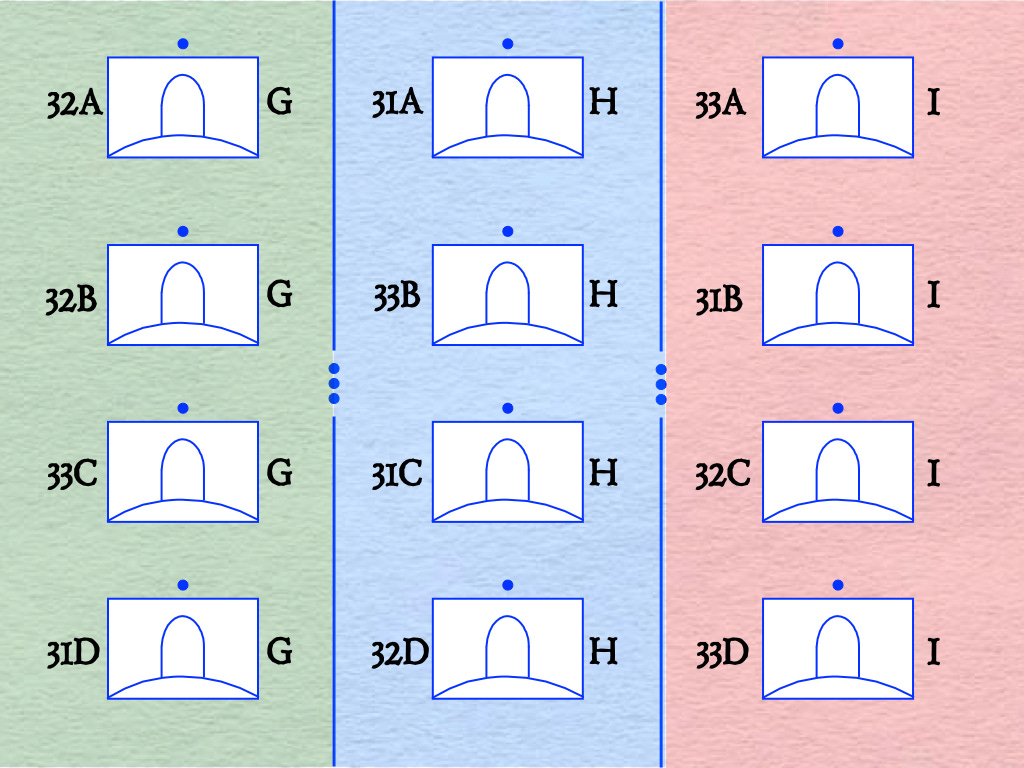As longtime readers might imagine, tables of organization and equipment fill most nooks, and every single available cranny, in the office spaces of the Tactical Notebook. Indeed, here at the Old Headquarters Building, a local legend claims that, late at night, long after the last post has been posted to Substack, the establishments sometimes hold a hooley. (According to the legend, while organizational charts of the Second World War dance to swing music, those from the nineteenth century prefer to waltz.)
Because of this, I am deeply ashamed to admit that I cannot find proper organizational details for units of the British Army of the 1980s. I’ve found a website or two that will match battalions to brigades and brigades to divisions. When, however, it comes to the interior scaffolding of companies, batteries, and squadrons, the much vaunted internet yields naught but eggs of goose.
Because of this, I have yet to add to, let alone complete, the series on the structure of the Rapier battery attached to 3 Commando Brigade during the Falklands War of 1982. (The first post of this series emerged from the press, so to speak, on 31 December 2022, when the world was yet young.)
Rather than give up on this project, I have decided to put my “historian as detective” skills to use and see if I can assemble an approximation of the establishment for the unit in question.
My starting point for this investigation is a pair of documents from “the artist formerly known as the Public Record Office,” the National Archives at Kew. The first of these is a series of interviews, conducted in 1986 by the Defence Operational Analysis Centre, with soldiers of the battery.1 The second, nested in a big pile of documents about the role of the Royal Artillery in the Falklands War, is a roster of soldiers who served in the battery.
Thanks to these sources, I determined that:
the commander of each of the three lettered troops (G, H, and I) ranked as a lieutenant (H and I) or second lieutenant (G)
the commander of each firing unit was usually a sergeant. In two instances, however, he was a bombardier.
each firing unit was designated by a number (whether 31, 32, or 33) and a letter (A, B, C, or D.) While there was no necessary connection between the number of each firing unit and the troop to which it was assigned, each troop seemed to have one firing unit for each of the available letters.




